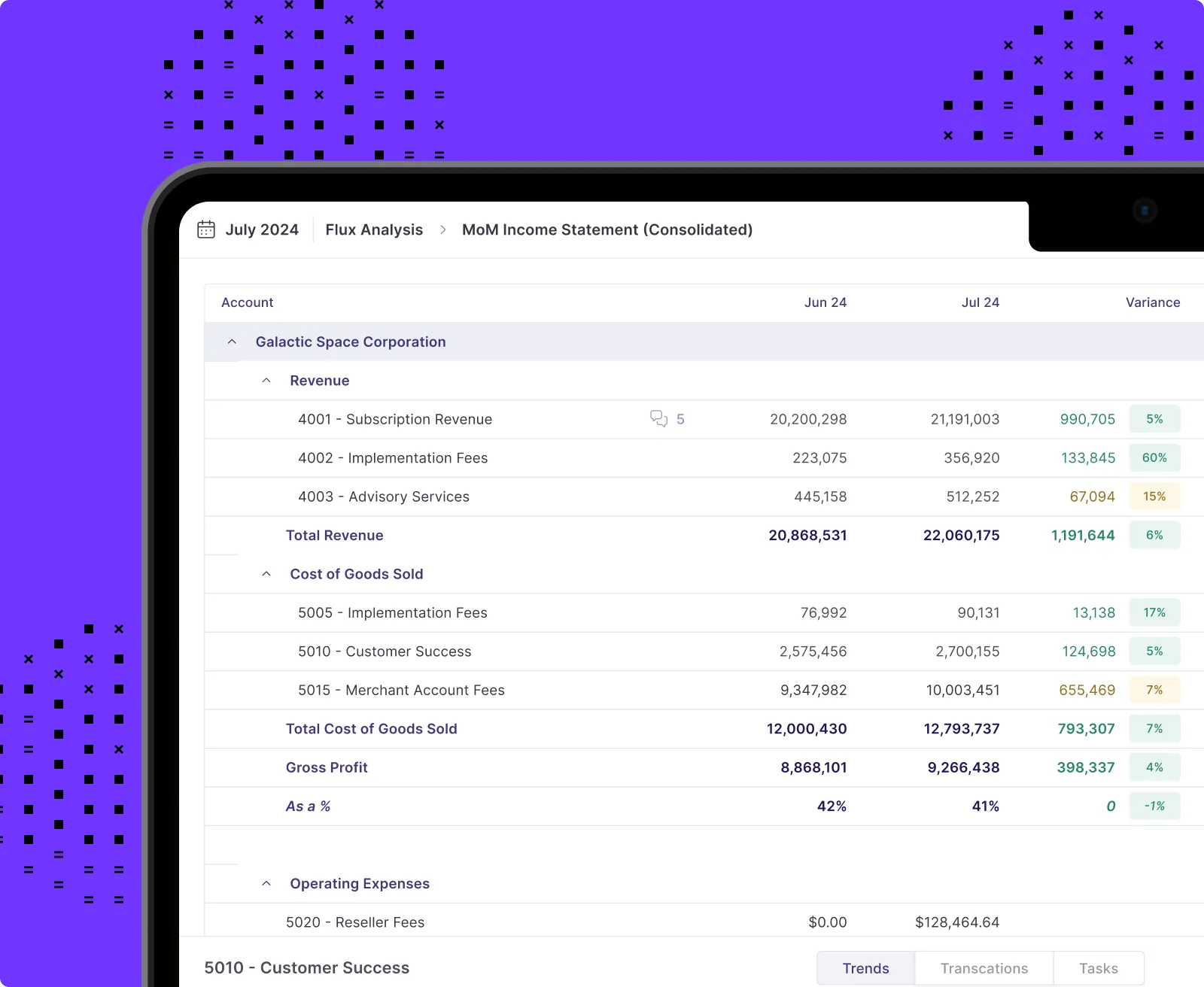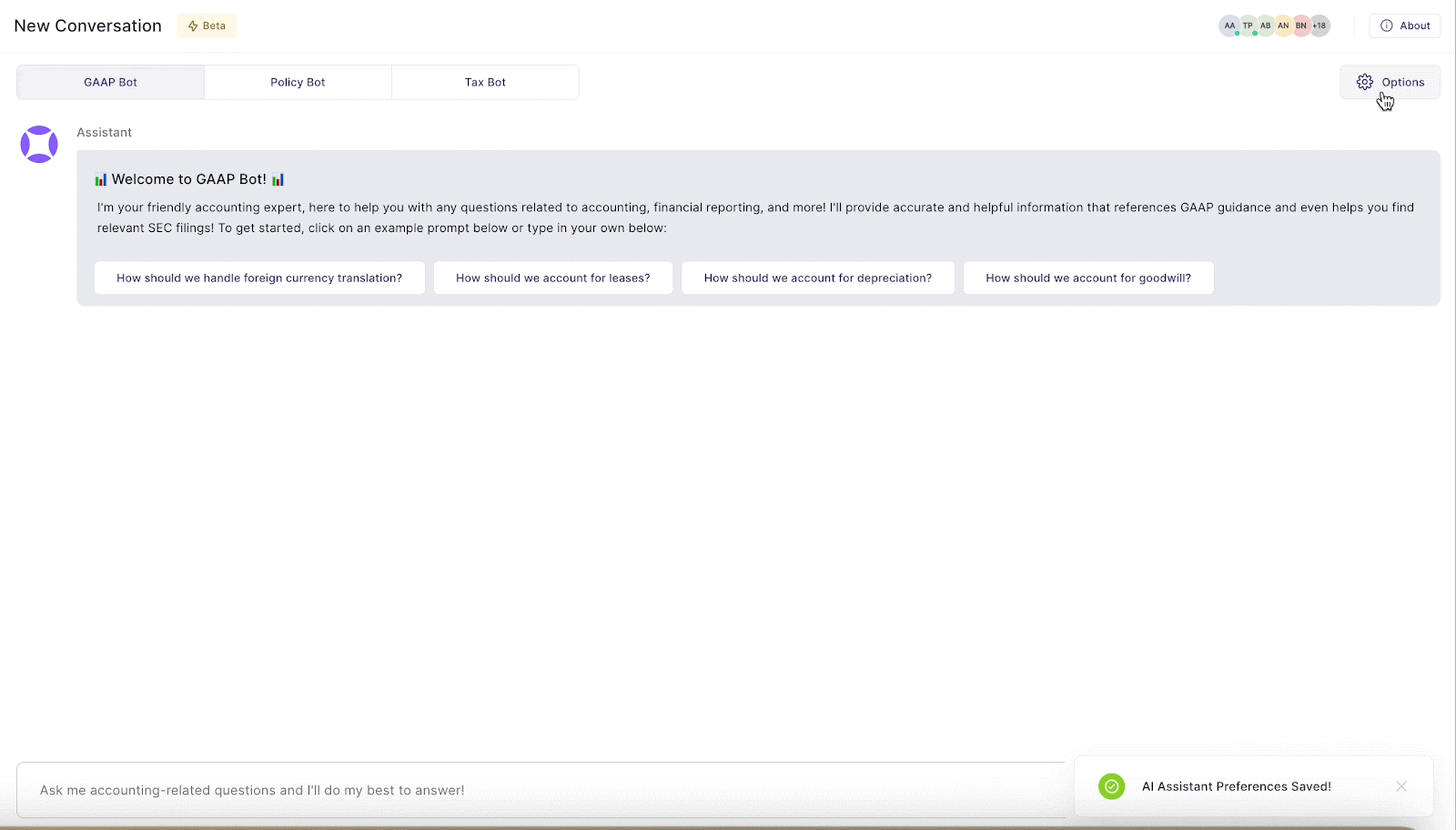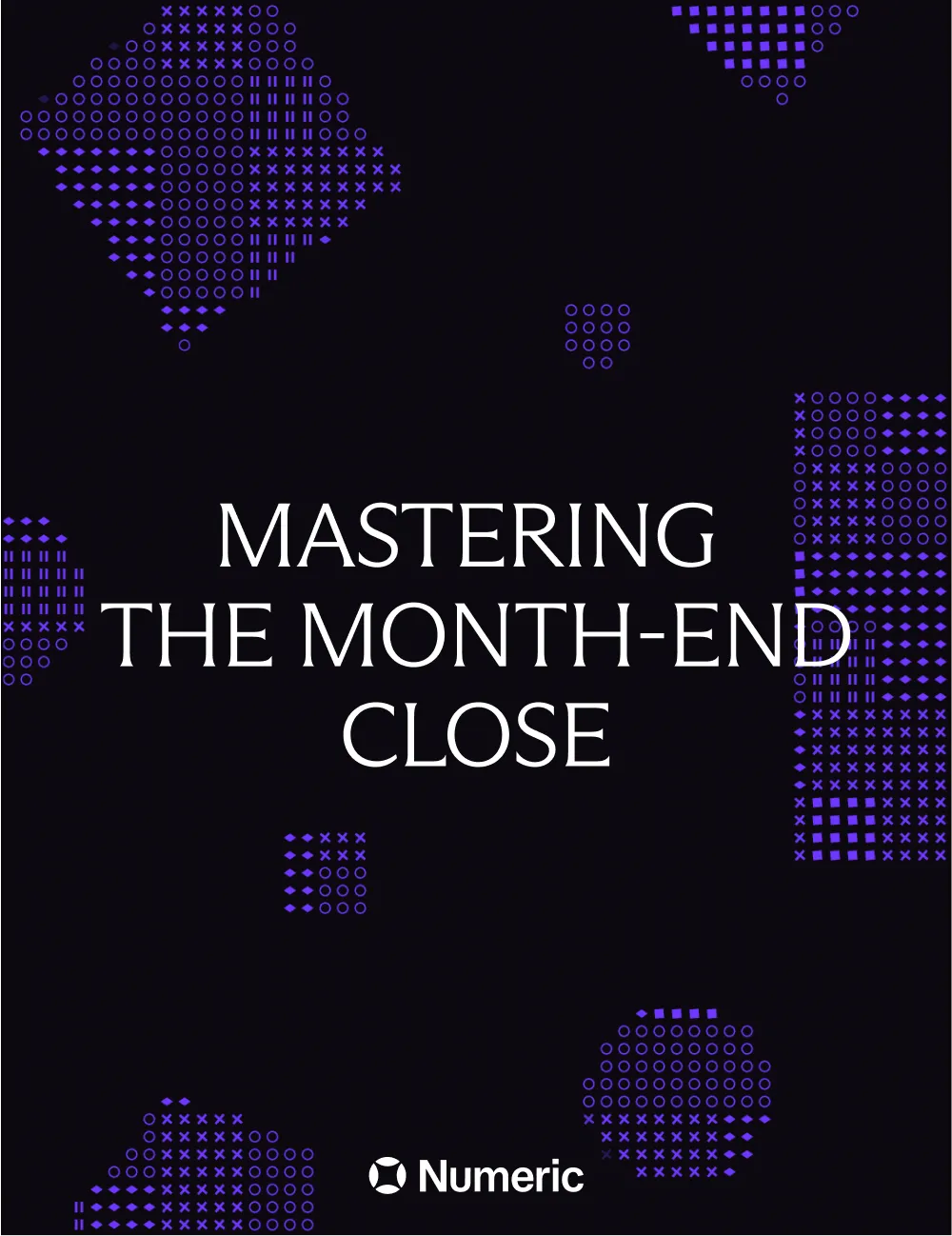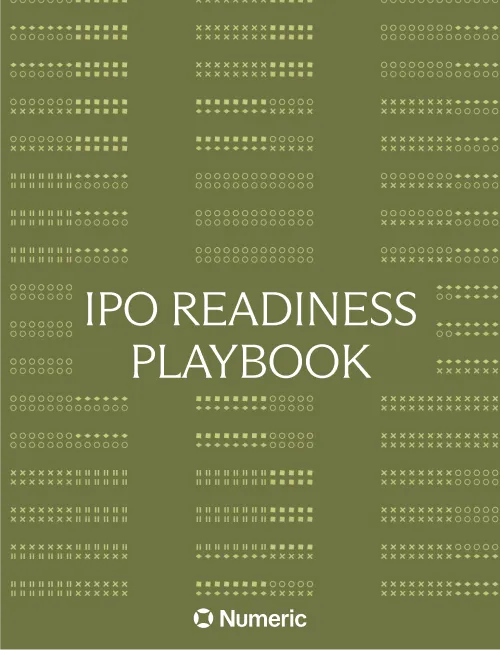Getting Into In-Season Shape: Is Your Close Ready for IPO?
.webp)
Here’s an art and accounting parallel that might fall on its face, but it’s worth the attempt:
If you’re a private company, your close probably looks like a Van Gogh: the stakeholders can grasp the big picture, even if there’s some precision left to be desired.
But taking your company public? That demands the accuracy of da Vinci — like his famous anatomical drawings, a public company's financials must be methodically documented, traceable, and verified – a masterwork of accounting precision.
As we’ve noted before, defining appropriate close benchmarks for small teams can be nuanced, especially since they often operate with more flexible close timelines and processes. That said, the transition to being a publicly-traded company requires a transformation in both precision and speed. Here, we’ll discuss the characteristics that define an IPO-ready month-end close.
What Differentiates Public and Private Closes?
Prior to any particulars, it’s helpful to keep this idea in mind: your current month-end close today is as simple as it will ever be. Going public brings inevitable changes—potential acquisitions, expanded revenue streams, product lines, and increased complexity. In a short span of time, your close checklist tasks might double. For these reasons, getting your close into shape sooner than later is essential.
Elements of a Public Close
The Connor Group defines a public company close in terms of these components:
- All “sub-ledger or sub-system” entries are posted, closed, and reconciled.
- All journals and month-end entries are posted.
- All key balance sheet and key P&L accounts are analyzed and reconciled.
- Financial variance analysis is completed.
- Management reviews are performed (in accordance with SOX 302)
- Financial reporting package is completed (in accordance with SOX 404)
- All of the above is completed within 10 days or less, with zero audit or post close adjustments.
These elements may appear as enhanced versions of a standard close, but which factors—here or unlisted—might present a greater challenge than expected?
Full Balance Sheet Reconciliation
Private companies often defer reconciling low-risk balance sheet accounts until quarterly or annual closes. Public reporting, however, demands reconciliation of all accounts, along with a documented rationale for any accounts left unreconciled. Teams unaccustomed to reconciling beyond key accounts should consider the increased time and labor a full reconciliation entails.
Completion in 10 Days
Seeing the 10-day benchmark, you might think, “10 days? That’s easy, we already close in six.”
Like going from intermediate to expert mode in a video game, can you keep your six day pace when the difficulty is turned up a notch? Do your processes and people stand up to the demands of public accounting? Can you balance a tight close with the heap of new responsibilities from the IPO process?
SOX Compliance
SOX-related tasks are in order for any company on the path toward IPO. Unlike the two concerns above, most private accounting orgs have minimal SOX experience. Ramping up a SOX operation from zero to one can take roughly a year, and accountants deem it one of the more grueling parts of the IPO process. Thus, when evaluating the strength of their month-end close, teams will want to factor in the additional SOX work as a measure of team bandwidth.
So, is my close IPO-ready or not?
This checklist, while not exhaustive, provides some structure to the question of IPO readiness by evaluating close procedures through four lenses: people, processes, systems, and controls.
- People
- Do we have the right personnel to perform current close tasks and those that will come when our business scales?
- Do we have structured communication with cross-functional partners, especially the FP&A team, surrounding the close process?
- Are our employees educated well-enough on GAAP + SOX requirements or at least have training opportunities scheduled?
- Processes
- Have we identified opportunities to move certain close tasks or workflows into the pre-close period?
- Can our team complete full balance sheet reconciliations with moderate ease?
- Have we set-up processes to account for stock-based compensation and other nuances related to equity?
- Systems
- Have we implemented some form of AI or automation that expedites workflows in our close process?
- Are we confident that we’ve built a tech stack that can support both current and future closes?
- Do we have a strong relationship with our IT team and mutual understanding of where support will be needed when publicly traded?
- Controls
- Have we documented our existing controls in full and practice them as completely and routinely as possible?
- Is there a well-constructed roadmap for our SOX implementation process?
- Does our team understand the ICFR disclosure requirements that are part of the quarterly 10-Q form?
Beyond these evaluations, perhaps the ultimate question that teams should ask themselves in advance of going public: has our team been functioning like a public accounting team while still a private company? This question extends to all facets of the accounting operation, but it’s an equally good measure for the performance of a company’s month-end close process.

“Close”-ing the Gap: 4 Ways to Improve your Month-End Close
Move Tasks to the Pre-Close Period
By setting up "negative day" tasks in advance, teams reduce the pressure during the close period, allowing time to focus on the higher-stakes review and analysis required for going public. Efficient teams proactively handle tasks like payroll pre-close and implement real-time transaction monitors to ensure policy adherence and accuracy checks, like for any transactions missing a vendor listed. This approach provides a head start on data integrity, so by the time month-end arrives, the groundwork is set, and key data is already validated.
Automate!
Is your team still manually drafting emails in 2024? There's a better way. For example, those endless follow-ups for late expense reports aren't just frustrating—they're stealing away your valuable time. Transform your workflow by automating email reminders to team leaders, and instead of crafting the same message over and over, let technology do the heavy lifting. With AI assistants like ChatGPT or Claude, what once took 10 minutes becomes a 5-second task.
But don’t stop there – think about what parts of your tech stack might have automation features you’ve failed to utilize. Consider how data entry tasks and similarly tedious processes could be improved, either via process or implementing new tools. As Mike Dean, VP Corporate Controller of Amplitude, suggests, start by identifying the tasks you dread most and use them as a launching point for automation.
Implement Close Management Software
The transformation from private to public reporting doesn't happen overnight, but modern close management software makes this evolution both achievable and efficient.
By implementing a solution like Numeric, teams can build the foundation for IPO readiness:organized documentation, clear controls, and real-time visibility across the entire close process.
Leverage AI for Flux + More
At the 2024 IPO Summit, Ryan Limaye, Head of Global Technology Investment Banking at Goldman Sachs, declared that for companies looking to IPO, they will need a compelling narrative around how they functionally use AI in ongoing operations. This sentiment aligns with what we’ve heard from customer conversations around the rising demand for teams to implement AI.
Numeric’s technical accounting AI is an ideal start — trained on GAAP guidance, public company filings, and more, the accounting AI bot can provide answers specific across standards (US GAAP, IFRS, UK GAAP) and for guidance from any Big 4 audit firm. From policy memo generation to quick ASC 606 clarification, accountants leverage Numeric’s technical accounting AI to get pointed in the right direction immediately.

Teams also expedite the flux analysis process by using Numeric’s AI flux writer which identifies the transactions and trends causing variances period over period.
For a breakdown of all things AI from the accounting perspective and some AI tips + tool recommendations, check out our AI Guide for Accountants.
Next Steps
The journey to IPO-readiness demands a transformation of your month-end close from a flexible private company process to one that meets the exacting standards of public markets. By focusing on strengthening your people, processes, systems, and controls—while leveraging tools like AI and close management software – teams can build the foundation for a successful public company close. As always, it’s best to start this transformation now, as establishing these practices early will help ensure a smoother transition when the stakes are highest during the IPO process.



















.png)
.png)
.png)